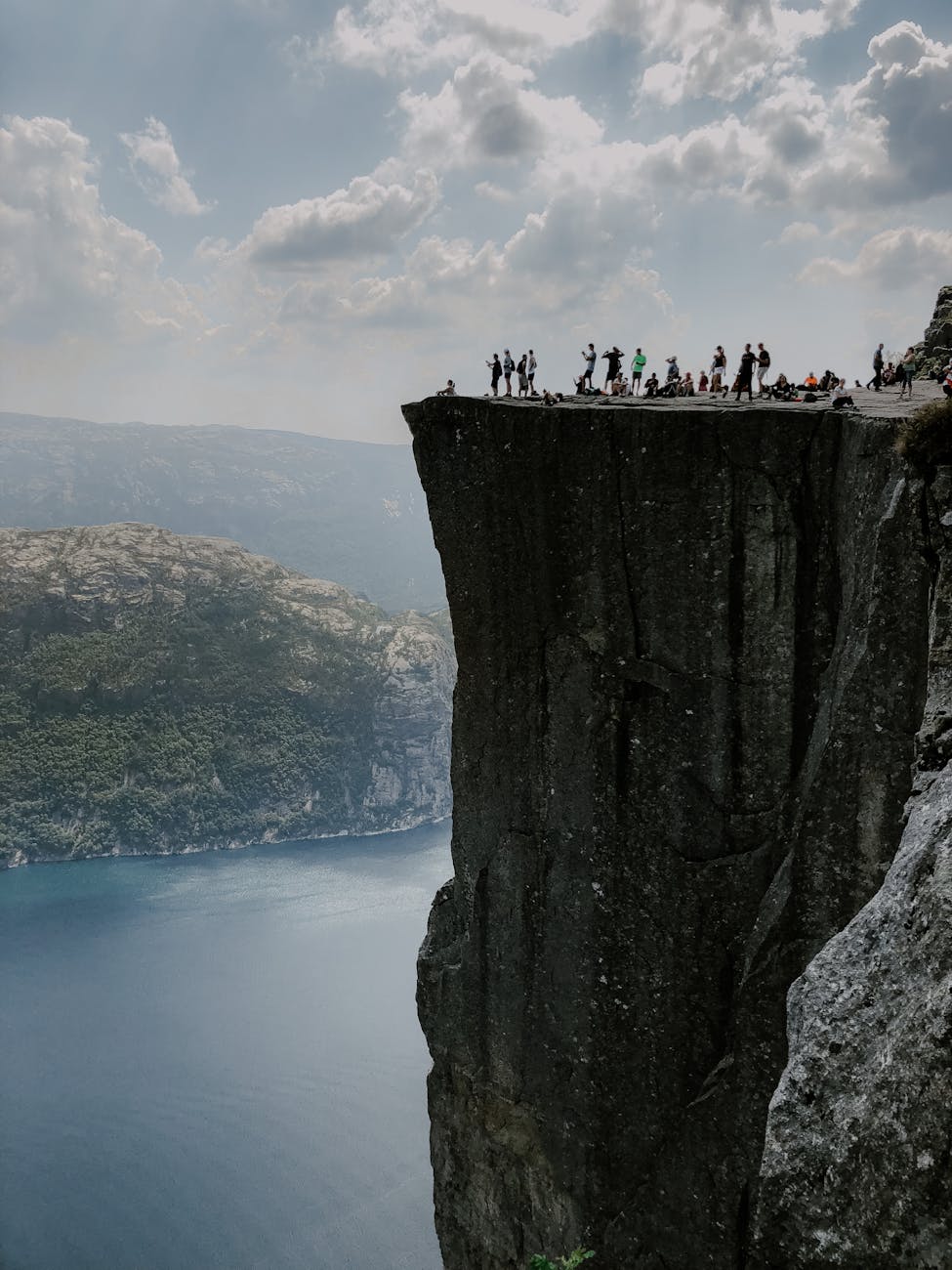As a longtime fan of all things Scandinavian, I’ve noticed that Scandinavia seems to be becoming a more popular holiday destination. I’ve read articles about people escaping the heatwaves of southern Europe during the summer and choosing the colder Scandinavian ski resorts over the poor snow conditions found in the Alps. However, I do wonder if this trend is actually real or if it’s simply because I’m surrounded by other like-minded Scandinavia enthusiasts.
The Numbers
Let’s have a look at the data to see if we can find some facts.
Eurostat
Looking at Eurostat statistics, we can analyse the total number of nights spent in tourist accommodation establishments during Q4 2024 and the overall numbers for the entire year of 2024 compared to 2023. There was a significant increase in Q4 2024 compared to Q3 2023. With the exception of Sweden, there was also a slight increase in the overall figures for 2024 compared to 2023. This trend may suggest that winter holidays are becoming increasingly popular.
| Country | October 2024 | November 2024 | December 2024 | Q4 2024 | Total 2024 | Q4 2024 vs Q4 2023 (%) | 2024 vs 2023 (%) |
|---|---|---|---|---|---|---|---|
| Denmark | 2,945,943 | 2,131,869 | 1,875,530 | 6,953,342 | 39,872,271 | 7.9% | 2.3% |
| Finland | 1,629,409 | 1,542,134 | 1,880,442 | 5,051,985 | 22,912,094 | 3.1% | 0.4% |
| Sweden | 4,256,328 | 3,616,124 | 3,260,827 | 11,133,279 | 63,827,602 | 2.9% | -0.1% |
| Norway | 2,527,791 | 2,274,468 | 1,909,423 | 6,711,682 | 38,587,930 | 7.9% | 4.2% |
Source: Eurostat (tour_occ_nim)
Google Trends
Scandinavia
A more ‘leading’ but less reliable indicator is Google Trends. It allows us to identify trends in Google searches. When comparing the search terms “holiday Norway,” “holiday Sweden,” and “holiday Denmark,” we can see a steady increase over the past five years. These three Scandinavian countries seem to be following a similar pattern.

Southern Europe
When comparing Southern European holiday destinations, we see a stable pattern over the past five years.

Contributing factors
Climate change
Climate change is significantly impacting tourism growth. The rise in extreme heatwaves in Southern Europe drives travellers to seek cooler destinations with milder summers, such as Scandinavia. Moreover, while the Alps face unpredictable snow conditions, Scandinavian ski resorts provide more consistent snowfall, making them a preferred choice for winter sports enthusiasts.
Weak Scandinavia currencies
For the last two years, the Norwegian and Swedish Crowns have been low compared to the EUR and Dollar, compared to a five-year perspective. This has made Scandinavia a more affordable destination for Central European travellers.



Accessibility
Better accessibility has also contributed to the region’s growing popularity. Airlines have expanded routes to Scandinavian airports. Ferry connections have come and gone, but investors seem interested in opening new ferry routes.
More Than Just Hype?
Looking at both the Eurostat data and Google Trends, it is clear that Scandinavia’s rise in popularity is more than just a passing trend. The steady increase in tourism cannot be fully explained by temporary factors like weaker Scandinavian currencies—especially since interest in the region has been growing even when exchange rates were stronger. Additionally, one of the major driving forces, climate change, is unlikely to reverse. This means that snow conditions in the Alps will continue to decline, and heatwaves in Southern Europe will become more severe, further reinforcing Scandinavia’s appeal as an alternative travel destination.
Conclusion
So, is Scandinavia becoming a more popular travel destination? Yes. The data shows a steady incline in tourism, particularly in winter, while Southern Europe remains stable. Although Southern Europe still attracts far more tourists in absolute numbers, Scandinavia is well-positioned to grow its tourism industry sustainably.
Unlike many over-touristed regions, Scandinavia has the advantage of ample space, strong infrastructure, and a commitment to sustainability. With renewable energy sources, low-emission travel options (such as ferries, electric cars, and trains), and policies prioritising sustainable tourism, the region is well-equipped to handle increasing numbers of visitors while maintaining a balance with local communities and nature.


Leave a Reply